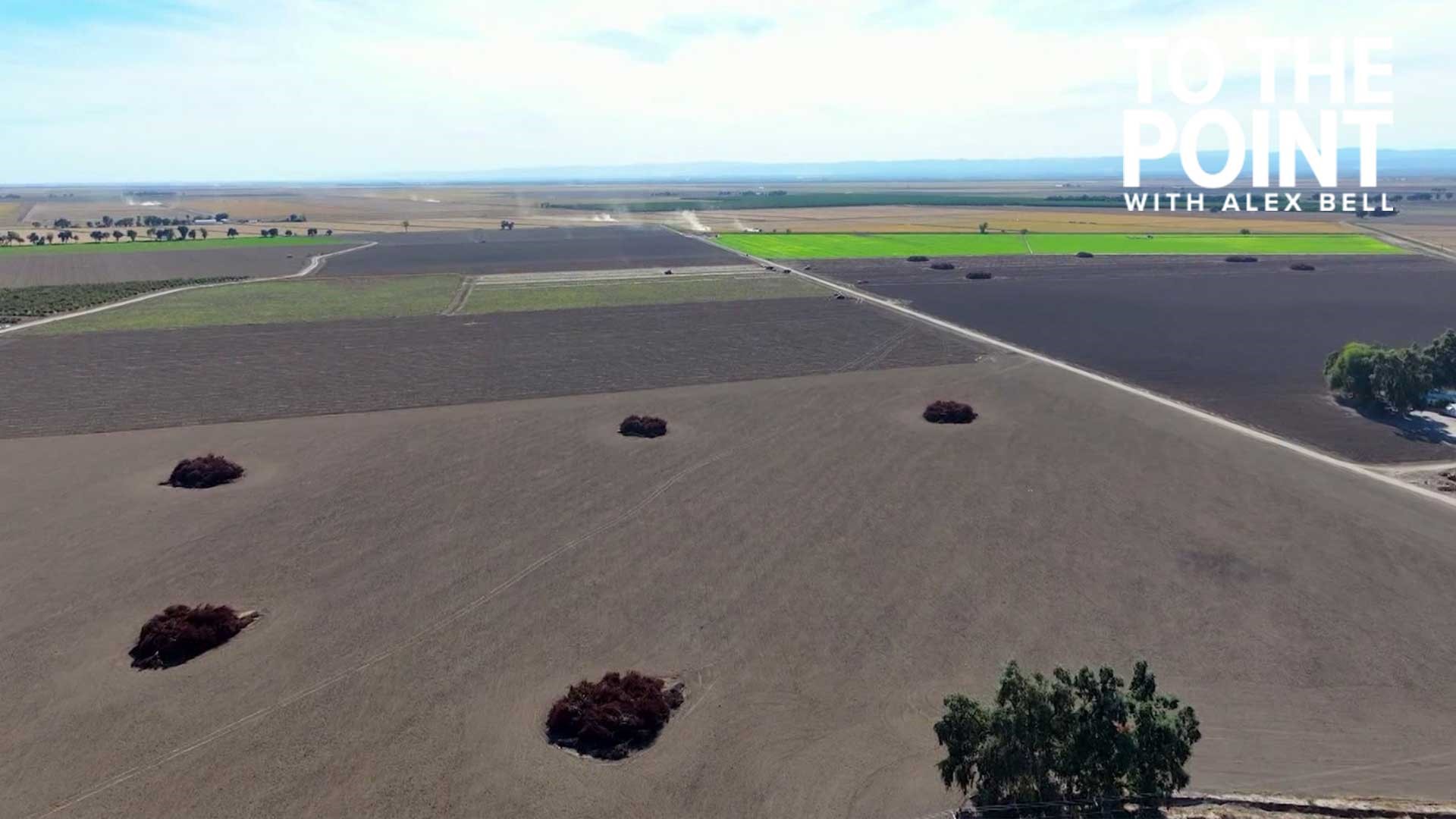SACRAMENTO, Calif — Water access in California has seen growing scrutiny as the climate shifts from more extreme dry to wet swings. This results in increasing year-to-year uncertainty for both commercial and residential water availability.
One area getting more attention from an ethical and practical application is the system of water rights, which first took shape in the late 1800s.
Cody Phillips with the California Coastkeeper Alliance, a nonprofit focused on providing safe water for all Californians, says the right to water in the state really started with the gold rush. He says people would stake a claim to water the same way they would come out and claim land to mine.
It could happen in a couple of ways, starting with owning land next to a river, which gives them access to water. If you claimed the land first, you got senior water rights. If you claimed it last, you got junior water rights.
Phillips says junior water right holders can't take water until the most senior water right holders have used everything they need. This has led to a powerful and polarizing system, elevating the status of having senior water rights.
More than 100 years later, access to water today boils down to those rights. Outside of the ethical part of taking water from the indigenous people, California looks vastly different in both population and climate than it did over a century ago. In 1880, the population in California was just under 870,000 people. Today, it's almost 40 million. In a state with wild swings from wet to dry years, it can create uncertainty and conflict over who should have the first right to water flowing through the state.
Mitchell Yerxa, of River Vista Farms, is a fifth-generation farmer in Colusa County just north of Sacramento. His family holds senior water rights. They grow over a dozen different crops - one of which is tomatoes, which go to the largest cannery in the world. Mitchell says if you buy a bottle of Heinz ketchup, a portion of more than likely came from their farm.
To get this to the table, they need water. In theory, the senior water rights the Yerxa family have held for decades gives them unlimited access to water flowing down the Sacramento River. During drought years, there is big pushback to limit this allowance to provide a more equitable distribution of water throughout the state.
Mitchell says for them, taking any water from the river comes with careful consideration, especially since they pay for every bit of the water they use. On average, the Yerxa family says they use about 20-30% of the water they have access to. Mitchell says it's just like any other resource used in day-to-day life: you're not going to run your kitchen sink or your bathtub or shower, unless you're utilizing those resources.
Over 90% of farms in California are still family-owned. Each generation faces more pressure to put food on America’s table using the same soil, same roads and even similar crops all with less water.
To face those shortages, they are turning to more efficient irrigation like drip tape and recycling. The Yerxa family has a system taking excess water from one field and feeding to another, which results in each field picking up tail water and utilizing it for the next crop.
But even with the best intentions, there’s just not enough water to serve California, even though the state declared water as a basic human right.
In 2012, Governor Brown signed a law declaring every person in the state must have access to clean, safe and affordable drinking water. Yet today, there are still over a million people exposed to illegal contaminants in their water.
Susana De Anda, co-founder of the Community Water Center, is part of a group working toward sustainable solutions for communities disconnected from a safe water supply.
She says many low-income and disadvantaged communities don’t have rights to surface water and must turn to groundwater, which is stored underground and can contain high levels of contaminants.
In the small town of Seville in Tulare County, high levels of toxins from leaky septic tanks, agricultural runoff and animal manure can seep into their water supply for the community and school.
Susana says solutions like treating water and bottled water are too expensive, so a more affordable option is connecting two smaller communities to a safer and more secure water supply.
One of these projects is currently underway in two nearby small towns, Seville and Yettem, in the Central Valley. Susana says the two towns and the nearby school will be connected to a proper water distribution system providing safe drinking water.
Projects like this are funded in part by the Safe and Affordable Drinking Water Fund through Senate Bill 200 passed in 2019. It provides $130 million per year to develop sustainable solutions for small systems to have safe drinking water.
Susana says the bottom line is the crisis exists because of poor water planning and lack of funding. Instead of pointing fingers of who is at fault, they are working toward a solution. Many of the communities they are assisting with are farmworker communities, part of the agriculture fabric.
Well to the north back in Colusa County, Mitchell Yerxa echoes those sentiments. He says even though they are growing the food, others are buying it. They can’t exist without consumers and the consumers can’t exist without them. The only solution is to work together.

















